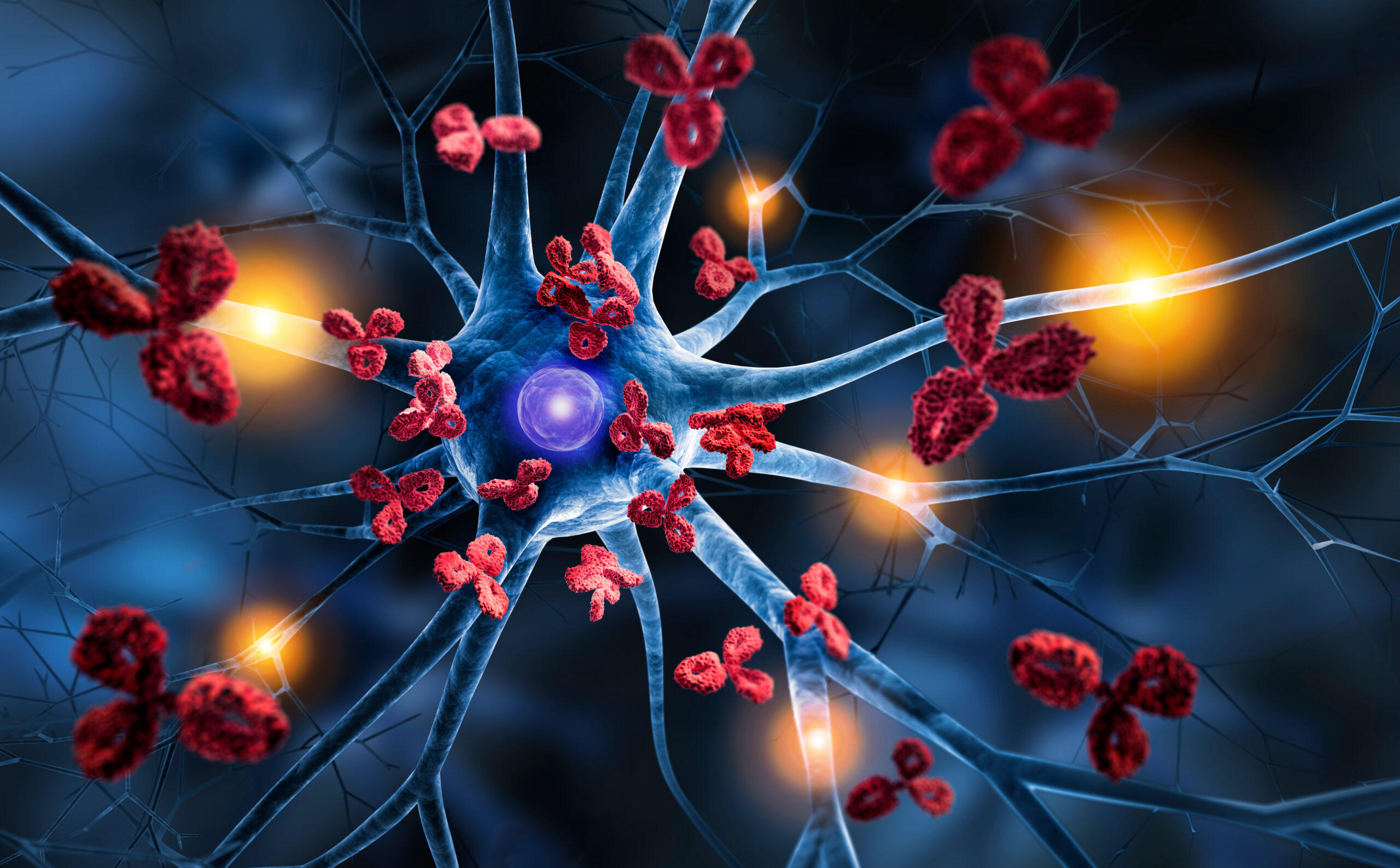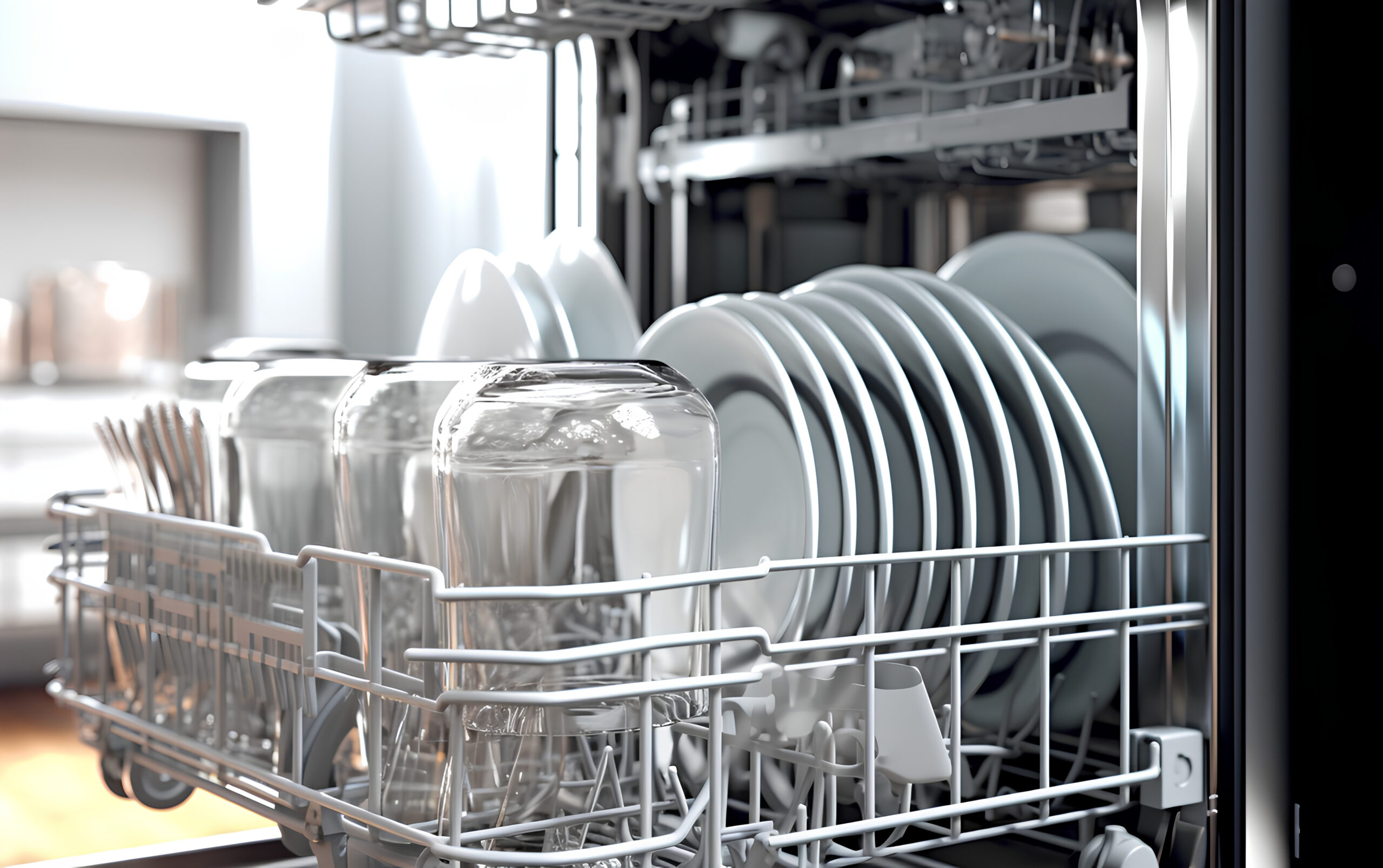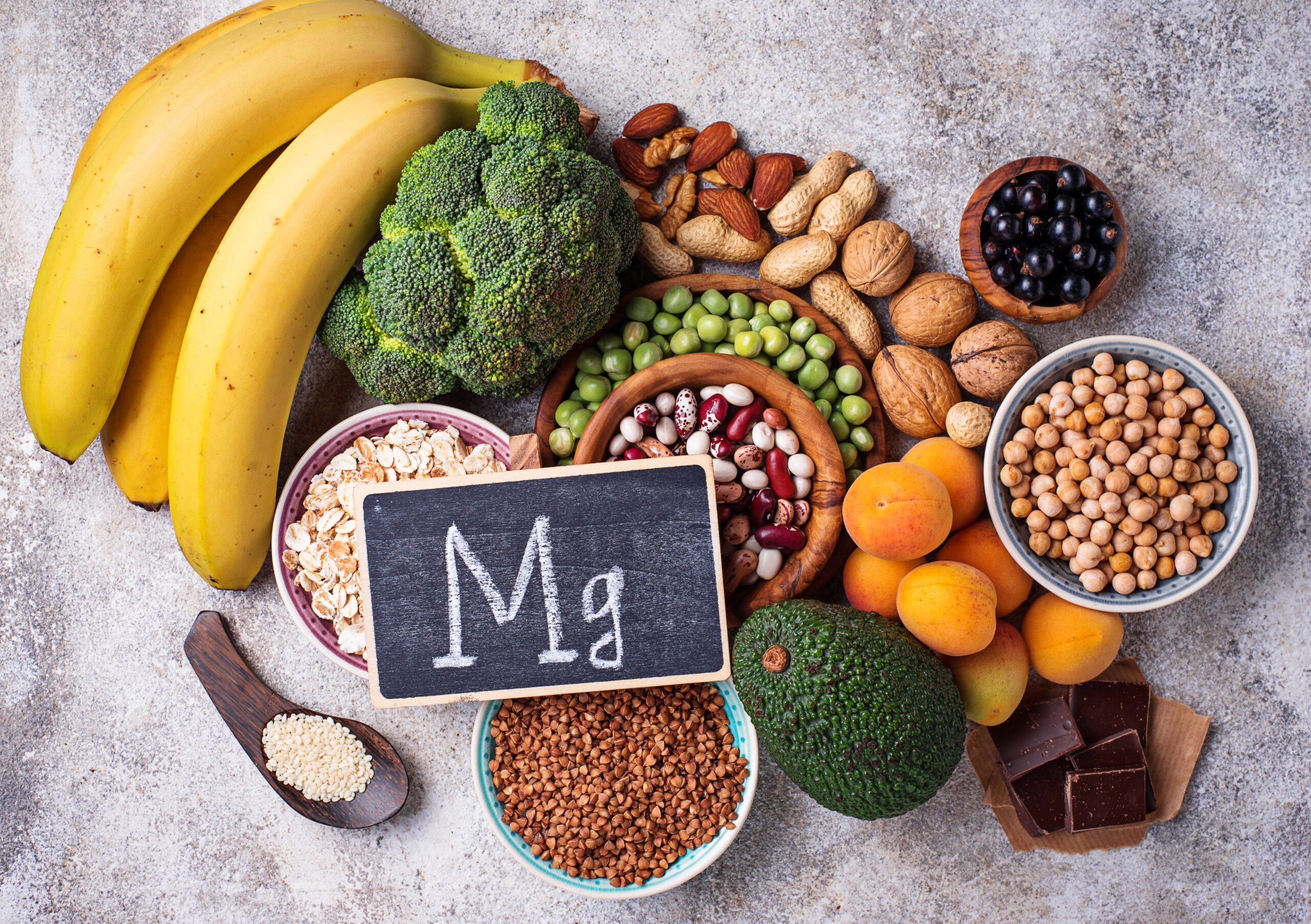The Connection Between Inflammation And Disease – How To Stop Inflammation
There is an uncanny connection between inflammation and disease. Chronic inflammation damages healthy cells and tissues in our body, contributing to the development of a wide range of diseases. If we want to reduce our risk for developing disease, we must put a stop to unchecked inflammation.1
The Connection Between Inflammation And Disease
Inflammation contributes to the development of disease due to oxidative stress, which occurs when there is an imbalance between free radicals and antioxidants in the body. Free radicals are unstable molecules that damage cells and lead to inflammation. Antioxidants, on the other hand, help neutralize free radicals and reduce inflammation.2
Lifestyle Factors That Result In Chronic Inflammation
Lifestyle factors such as diet, stress, and lack of exercise contribute to chronic inflammation. An unhealthy diet high in processed foods and sugar also leads to inflammation in the body. Toxins that include pollution, chemicals in cleaning products, chemicals in body care products, mold exposure, and heavy metals also cause inflammation.3
Inflammation And Disease – Cell Membrane Inflammation
Before diving into cell membrane inflammation, let’s briefly discuss what the cell membrane is. The cell membrane is a thin, semi-permeable layer that surrounds all living cells. Its main function is to protect the cell from its surrounding environment and to regulate the movement of substances in and out of the cell.
The cell membrane is made up of a lipid bilayer, which consists of two layers of fat molecules. These fat molecules have hydrophilic (water-loving) heads and hydrophobic (water-repelling) tails, allowing them to form a barrier between the inside and outside of the cell.4
Cell membrane inflammation occurs when the cell membrane is damaged or disrupted. This can be caused by various factors such as infection, injury, toxins, or even stress. When this happens, the cell membrane becomes more permeable, allowing substances to enter and exit the cell more easily.
While acute inflammation can be beneficial in the short term, prolonged or chronic inflammation of the cell membrane leads to serious health issues. Chronic inflammation of the cell membrane has been linked to a variety of diseases, including cardiovascular disease and autoimmune disorders. The increased permeability of the cell membrane leads to the infiltration of harmful substances into cells and tissues, causing damage and triggering an inflammatory response.5
What Causes Cell Membrane Inflammation – Toxins
When toxins are present, they cause damage to the cell membrane and lead to inflammation. One of the main ways in which toxins cause cell membrane inflammation is by disrupting the lipid bilayer. In short, toxins damage the structure of the cell membrane.
Certain toxins, such as heavy metals and pesticides, penetrate the cell membrane and disrupt this lipid bilayer. This leads to changes in membrane fluidity and permeability, making it easier for harmful substances to enter the cell, resulting in inflammation.
Toxins also directly damage proteins in the cell membrane. These proteins are crucial for various functions such as cell signaling, transport of molecules, and maintaining the shape of the cell. When these proteins are damaged or destroyed by toxins, it leads to dysfunction of the cell membrane and inflammation.
Furthermore, toxins generate reactive oxygen species (ROS) in the body. These free radicals cause damage to cellular components, including the cell membrane. ROS induces lipid peroxidation, which damages the lipids in the cell membrane, again, resulting in unchecked inflammation.
In addition to causing inflammation at the cellular level, toxins also affect the immune system. They disrupt the balance of pro-inflammatory and anti-inflammatory cytokines, leading to an overproduction of inflammatory molecules. This further exacerbates cell membrane inflammation and contributes to chronic diseases.6 7 8
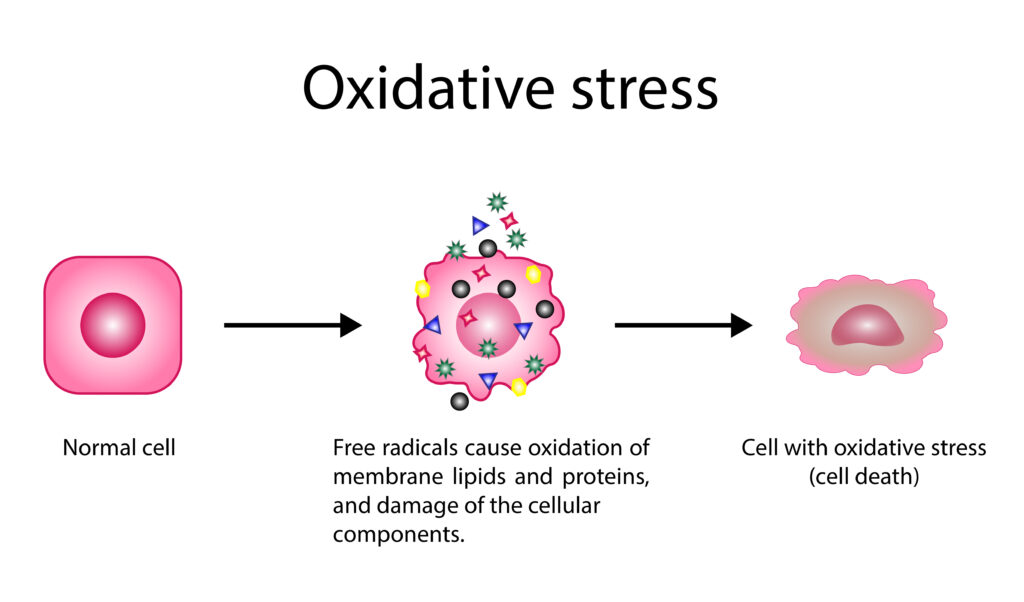
Removing Heavy Metals From The Body Is Key To Reducing Inflammation
There are several ways to remove heavy metals from the body and reduce inflammation. One of the most effective methods is through chelation therapy. Chelation therapy involves using a medication, typically DMSA, DMPS, or ALA, that binds to heavy metals in the body and helps them to be excreted through urine or stool. If you are suffering from heavy metal-induced inflammation, removing heavy metals from the body is necessary to decrease inflammation.9 10
In addition to chelation therapy and dietary changes, lifestyle modifications also play a crucial role in reducing heavy metal toxicity and inflammation. Avoiding exposure to heavy metals, using natural household products, and choosing organic foods all help to prevent the accumulation of heavy metals in the body.
Read more about chelation therapy.
Mitochondria Energy Production And Cell Membrane Inflammation
The mitochondria is the powerhouse of the cell, responsible for producing a vital energy source called ATP (adenosine triphosphate). During this process, byproducts such as carbon dioxide and water are created. These metabolic byproducts are essential for maintaining cellular functions and typically diffuse out of the cell with ease.
However, in cases of inflammation or damage to the cell membrane, this process is disrupted. Since the permeability of the cell membrane has changed, it is difficult for these byproducts to leave the cell. This has detrimental effects on cellular function as these byproducts accumulate and disrupt normal metabolic processes. For example, an increase in carbon dioxide levels within the cell leads to acidification of the cell’s environment, which affects enzyme activity and other important cellular processes.
Furthermore, water buildup within the cell causes swelling and damage to organelles and other cellular structures. This disruption in cellular metabolism results in various health issues such as metabolic disorders, tissue damage, and even cell death.
In addition to affecting metabolic byproducts, membrane inflammation also impacts the transport of other essential molecules and nutrients in and out of the cell. This can further disrupt cellular processes and lead to issues with overall cellular functioning.11
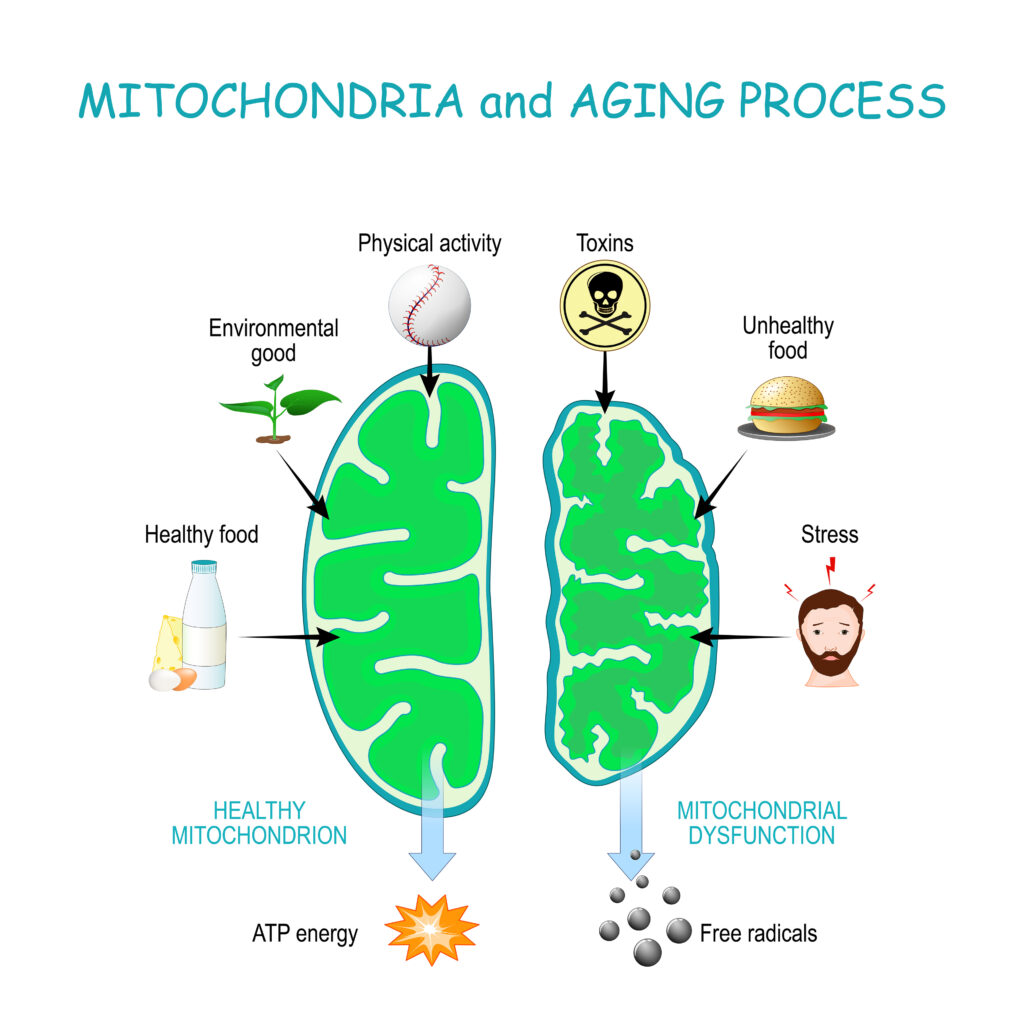
Detox Pathways Require Optimal ATP Production
Detoxification refers to the process by which our bodies rid themselves of harmful substances, both produced internally and acquired through outside sources. One of the main pathways involved in detoxification is called conjugation. This process involves attaching a molecule, such as glutathione or sulfur, to a toxin or waste product in order to make it more water-soluble and easier for the body to eliminate. This process requires efficient ATP production.12
Another important detoxification pathway that requires adequate ATP is methylation. Through this process, methyl groups are added to toxins and waste products, making them less toxic and easier for the body to eliminate.13
Furthermore, ATP is required for the function of enzymes involved in detoxification pathways. Enzymes are proteins that facilitate chemical reactions in our bodies. Without sufficient levels of ATP, these enzymes cannot perform their role effectively, hindering the detoxification process.
In addition to its direct involvement in detoxification pathways, ATP also plays a crucial role in maintaining cellular health. It helps to regulate the pH levels within cells and provides energy for the repair and regeneration of damaged cells. This is a cyclical feedback loop because toxins cause damage to our cells, and without proper cellular function, detoxification becomes more difficult.14
Hormones Don’t Function Properly If Cellular Membrane Inflammation Is Present
When it comes to hormonal regulation, one of the key factors that affects its efficiency is the state of cellular membrane inflammation. This is because hormones rely on proper communication with cell receptors in order to initiate any physiological response.
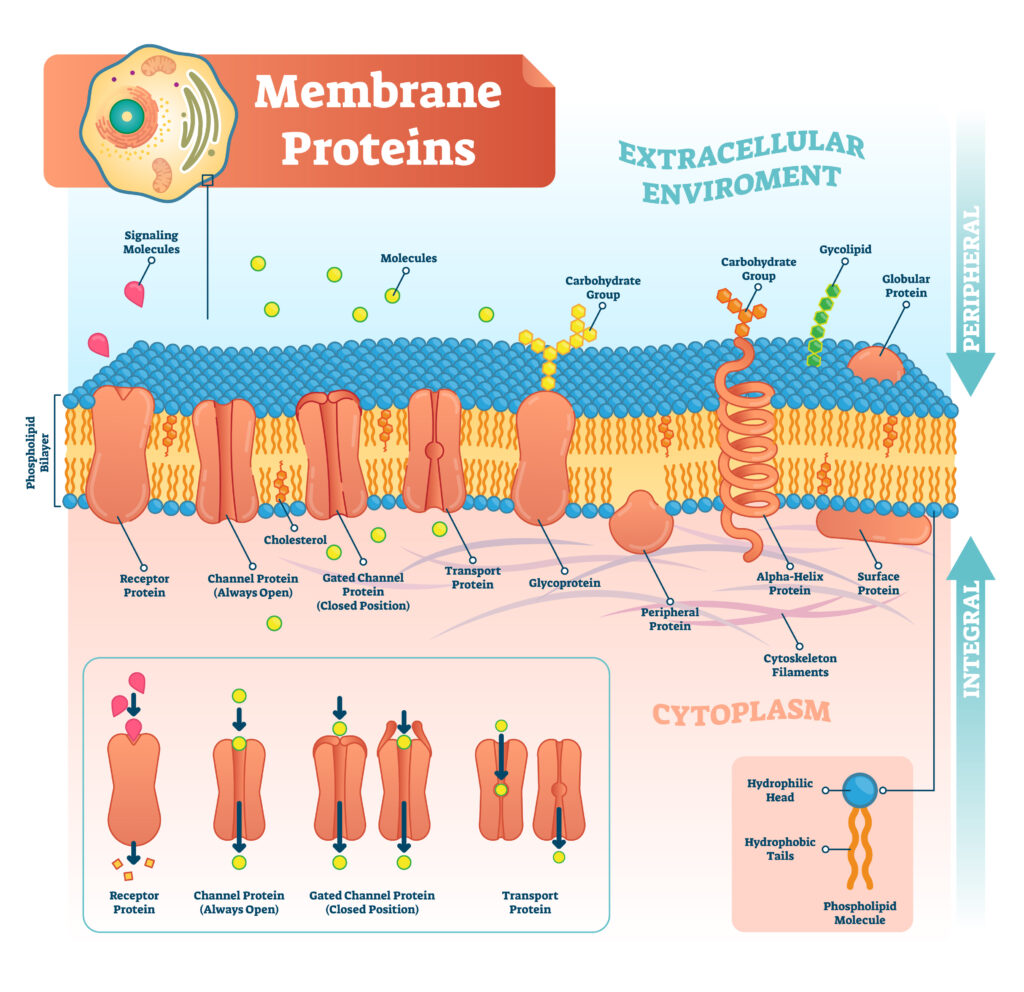
Cell Membrane Inflammation And Hormone Dysfunction
When the cellular membrane becomes inflamed, it prevents hormones from binding to integral membrane proteins (IMPs) on the surface of cells. IMPs act as gatekeepers for hormones, allowing them to bind to their specific receptor sites and relay their message to cells. However, when the cellular membrane is inflamed, these IMPs become distorted and damaged, making it difficult for hormones to bind and carry out their intended functions.
As a result, hormonal regulation is disrupted, leading to various health issues such as hormone imbalances, reproductive problems, and metabolic disorders. It can also impact other bodily functions that are dependent on hormones including immune system function, sleep patterns, and mood regulation.15 16
In order to maintain proper hormonal balance, it is important to address the root cause of cellular membrane inflammation. By addressing cellular membrane inflammation, the efficiency of hormonal communication can be improved, leading to better overall health and well-being. It is important to recognize the connection of different bodily systems and address any underlying issues in order to maintain proper functioning of the body as a whole.
The Connection Between Inflammation And Disease – How To Stop Inflammation
Stopping inflammation and disease all comes down to getting to the source of the problem. If we want to fix our cells, we must remove the factors that are causing cellular membrane inflammation. The first step is to examine what toxins and other factors are causing inflammation.
To find out if inflammation is behind your health issues, start with an in home inflammation test and consultation.
References
1 Furman D, Campisi J, Verdin E, Carrera-Bastos P, Targ S, Franceschi C, Ferrucci L, Gilroy DW, Fasano A, Miller GW, Miller AH, Mantovani A, Weyand CM, Barzilai N, Goronzy JJ, Rando TA, Effros RB, Lucia A, Kleinstreuer N, Slavich GM. Chronic inflammation in the etiology of disease across the life span. Nat Med. 2019 Dec;25(12):1822-1832. doi: 10.1038/s41591-019-0675-0. Epub 2019 Dec 5. PMID: 31806905; PMCID: PMC7147972.
2 Gambini J, Stromsnes K. Oxidative Stress and Inflammation: From Mechanisms to Therapeutic Approaches. Biomedicines. 2022 Mar 23;10(4):753. doi: 10.3390/biomedicines10040753. PMID: 35453503; PMCID: PMC9031318.
3 Margină D, Ungurianu A, Purdel C, Tsoukalas D, Sarandi E, Thanasoula M, Tekos F, Mesnage R, Kouretas D, Tsatsakis A. Chronic Inflammation in the Context of Everyday Life: Dietary Changes as Mitigating Factors. Int J Environ Res Public Health. 2020 Jun 10;17(11):4135. doi: 10.3390/ijerph17114135. PMID: 32531935; PMCID: PMC7312944.
4 Lombard J. Once upon a time the cell membranes: 175 years of cell boundary research. Biol Direct. 2014 Dec 19;9:32. doi: 10.1186/s13062-014-0032-7. PMID: 25522740; PMCID: PMC4304622.
5 Ammendolia, D.A., Bement, W.M. & Brumell, J.H. Plasma membrane integrity: implications for health and disease. BMC Biol 19, 71 (2021). https://doi.org/10.1186/s12915-021-00972-y
6 Cortés, S., Zúñiga-Venegas, L., Pancetti, F., Covarrubias, A., Ramírez-Santana, M., Adaros, H., & Muñoz, L. (2021). A Positive Relationship between Exposure to Heavy Metals and Development of Chronic Diseases: A Case Study from Chile. International journal of environmental research and public health, 18(4), 1419. https://doi.org/10.3390/ijerph18041419
7 Foulkes E. C. (2000). Transport of toxic heavy metals across cell membranes. Proceedings of the Society for Experimental Biology and Medicine. Society for Experimental Biology and Medicine (New York, N.Y.), 223(3), 234–240. https://doi.org/10.1046/j.1525-1373.2000.22334.x
8 Lopes-Ferreira M, Farinha LRL, Costa YSO, Pinto FJ, Disner GR, da Rosa JGDS, Lima C. Pesticide-Induced Inflammation at a Glance. Toxics. 2023 Oct 31;11(11):896. doi: 10.3390/toxics11110896. PMID: 37999548; PMCID: PMC10675742.
9 Zalups RK, Bridges CC. Relationships between the renal handling of DMPS and DMSA and the renal handling of mercury. Chem Res Toxicol. 2012 Sep 17;25(9):1825-38. doi: 10.1021/tx3001847. Epub 2012 Jun 15. PMID: 22667351; PMCID: PMC4640686.
10 Sears ME. Chelation: harnessing and enhancing heavy metal detoxification–a review. ScientificWorldJournal. 2013 Apr 18;2013:219840. doi: 10.1155/2013/219840. PMID: 23690738; PMCID: PMC3654245.
11 Brillo V, Chieregato L, Leanza L, Muccioli S, Costa R. Mitochondrial Dynamics, ROS, and Cell Signaling: A Blended Overview. Life (Basel). 2021 Apr 10;11(4):332. doi: 10.3390/life11040332. PMID: 33920160; PMCID: PMC8070048.
12 Marí M, Morales A, Colell A, García-Ruiz C, Fernández-Checa JC. Mitochondrial glutathione, a key survival antioxidant. Antioxid Redox Signal. 2009 Nov;11(11):2685-700. doi: 10.1089/ARS.2009.2695. PMID: 19558212; PMCID: PMC2821140.
13 Stoccoro A, Coppedè F. Mitochondrial DNA Methylation and Human Diseases. Int J Mol Sci. 2021 Apr 27;22(9):4594. doi: 10.3390/ijms22094594. PMID: 33925624; PMCID: PMC8123858.
14 San-Millán I. The Key Role of Mitochondrial Function in Health and Disease. Antioxidants (Basel). 2023 Mar 23;12(4):782. doi: 10.3390/antiox12040782. PMID: 37107158; PMCID: PMC10135185.
15 Majeed S, Ahmad AB, Sehar U, Georgieva ER. Lipid Membrane Mimetics in Functional and Structural Studies of Integral Membrane Proteins. Membranes (Basel). 2021 Sep 3;11(9):685. doi: 10.3390/membranes11090685. PMID: 34564502; PMCID: PMC8470526.
16 Ammendolia, D.A., Bement, W.M. & Brumell, J.H. Plasma membrane integrity: implications for health and disease. BMC Biol 19, 71 (2021). https://doi.org/10.1186/s12915-021-00972-y

